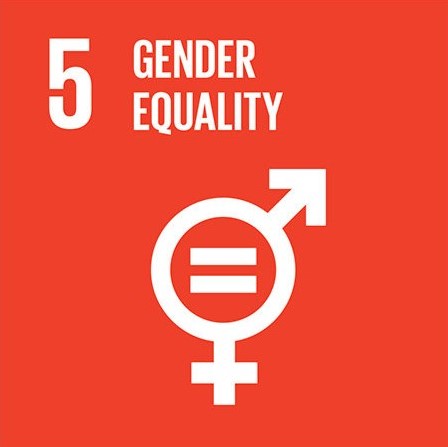In today’s busy world, everyone faces different types of challenges in day-to-day life. But we need to know how to tackle them with courage and confidence. In our 5th Workshop on “Dynamics of Challenges,” we discussed how our brains work, the connection between emotions and actions, and how to deal with problems with critical thinking. We started our session with an interactive ice-breaking quiz on our brains’ function.
Exercise-01 Moving on to our first exercise, we asked them what they understand about emotion. By showing a picture with different emotions; we requested attendees to identify the emotions from the picture. This exercise will also help the participants in the future to be cognizant about and check on their emotions and feelings. So that they can take action according to that. Why do we fear? One of our biggest challenges is our fear. In our detailed conversation, we learned that mostly uncertainty, any significant change, struggles/losses in life, and attention are the most common reasons for our fear.
Exercise-02 We guided the participants to write about their fears and the obstacles that are holding them back. Like, if I have money then I can study abroad, or if I could get a job, I would look after my family. Oftentimes, we can not reach our destinations because of those fears. But if we figure out the reasons, then we can work on them to go ahead. 5-Seconds Rule On our next topic, we talked about the brilliant 5-seconds rule by Mel Robbin. According to this rule, the moment you are having a negative thought; count 5 to 1 and anchor your thoughts to positive ones. Simply, swap your negative thoughts into positive ones.
Exercise-03 To practice this rule, we told the participants to write down their negative thoughts first. Then, we encouraged them to write down their positive thoughts, and their beautiful capabilities to make this world better every day. Thought like not being enough can be exchanged with a thought of your good exam results or completed internship.
This exercise will be useful whenever you will catch yourself with a loop of negative thoughts.
Critical Thinking and Problem Solving In our last segment, we discussed critical thinking and how to use this in solving problems. Critical thinking is to think about something from every angle, not limiting our ability, and find out the best solution possible. Identify the Problem The very first step to solving any problem is to identify it. Such as anger issues can be a problem for someone. Identifying your problem means you are still on track and can reach the goal.
Define the Problem In this step, find out the risk factors for the problem. As we discussed a problem like anger issues, maybe the risk factors can be being far from home, or fear of rejection.
Organizing Information After identifying the problem and the risk factors, one needs to gather all the information about it. For example, if someone can not go abroad for financial issues, they need to research and find out alternatives to get the solution.
Forming Strategy The next step should be creating a strategy that will work solely for you. Suppose, you can not afford private tuition. Then try to study by yourself, and take help from your friends and teachers. It is not necessary to work the same formula for everyone. We need to find out what works for us.
Allocating Resources Whatever resources you have, use them wisely. Your strengths, and time; divide them and use them according to your abilities.
Evaluating Results After trying your best, evaluate the consequences. Try to find out if something is lacking and where you can work harder to obtain the optimum result. For instance: you may figure out that you are weak in that certain chapter or subject, and you can then focus on studying that more.
Loop of Confidence and Competence Confidence comes from competence. The more you are capable of a certain topic, the more you will be confident. And the more confident you become the more your competency grows!
Law of Conformity It is said that if you talk to 9 negative persons in a row, the 10th negative person will be you. At the same time, if you communicate with positive people, it will help you to be positive. So choose your circle correctly as it has a great impact on your psychology.
Exercise-04 In our last exercise, we requested the participants to make a list of those five people who encourage them, motivate, and support them. So that whenever you feel low, you know where to go.
To conclude the workshop, we talked about the importance of mental health. No matter how much you prepare, sometimes it can break you and make you feel weak. It is no shame to ask for help from a professional. Because you matter. We encouraged the participants to take care of their mental health by providing information about “Moner School,” an initiative for mental health founded by one of our mentors, Fairooz Faizah Beether.



